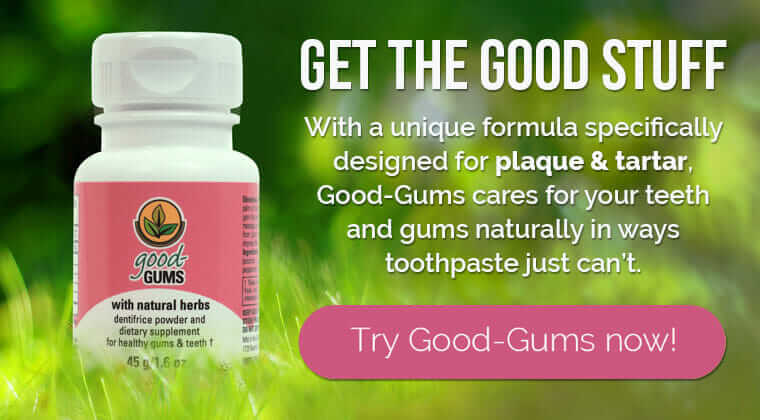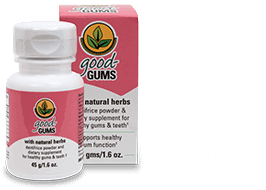To Floss or not to Floss?

We know, there’s been some rather controversial information on the subject of flossing. Namely, the Associated Press article that spread like wildfire after its effort to disprove the effects of flossing; branding the scientific evidence for flossing as “weak, very unreliable,” “very low” quality, and with “a moderate to large potential for bias.” This subsequently lead people to conclude that there wasn’t a need to floss anymore, causing an uproar from dentists around the country.
American Dental Association spokesperson Dr. Matthew Messina amusingly responds to the AP article;
“Nobody’s done a study to say that using a parachute jumping out of an airplane is safer than not using a parachute, I’m still going to use a parachute because we just know that that’s going to work. It’s all about putting it into perspective.”
And we would have to agree, Matthew.
We understand that it may not be the most enjoyable task to tick off your oral regime list, but let’s face it, no amount of research could ever claim that flossing is detrimental to your oral health. And actually, we’re here to tell you that despite the apparent lack of evidence to back up its efficiency, unless you eventually want to experience the effects of gum disease we recommend that you start getting friendly with your floss again, and incorporate flossing back into your tooth care routine.
We know that may not be music to your ears, but it certainly will be for your teeth and gums. We’re not suggesting you floss as often as you brush your teeth but at least try for every other day. And you know what? The more you floss the hardier your gums become, which makes the whole process of flossing a much more pleasant experience.
So why floss?

Simply put, flossing gets to the parts of the tooth that your toothbrush can’t get to. Using a toothbrush will effectively clean the front and back of your teeth but not the sides. That’s where flossing comes in!
Flossing isn’t just about removing tiny particles of food between the teeth on which bacteria can feed. The main function of flossing is for mechanically scraping microscopic clusters of plaque-producing bacteria from the surface of the tooth before it has a chance to form into hard calcified tartar, which will then begin to cement onto the lower parts of the tooth near the gums.
It can take as little as 24 hours for plaque to form into tartar, after which, nothing but metal implements can remove it. Once tartar has formed, bacteria is then safe to thrive, especially within sugar-rich and acidic environments. This causes gums to become irritated and inflamed due to the toxins that are being released from the feeding bacteria that are infecting the gums. This inflammation is the first stage of gum disease known as gingivitis, which can develop into more serious forms of gum disease such as periodontitis if left untreated. Plaque build-up is happening continuously, so it is essential that we keep removing it on a regular basis.
Flossing can be fun you know!
Ok, let’s not go that far but flossing really isn’t that bad, we promise. Initially yes, if you’re just starting out or you haven’t flossed in a while, it’s possible your gums will bleed but you’ll be surprised by how much they toughen up just within a few days.
To get the best out of your flossing technique we’d like to give you a few guidelines:
- Break off about 18 inches of floss and wind the ends around one of your fingers on each hand.
- Hold the floss tightly between your thumb and forefinger, holding the floss taught.
- Slowly guide the floss between the teeth gently rubbing the floss up and down the tooth surface right down to the gum margin.
- When the floss reaches the gum line, curve it into a C shape and gently scrape the space between the gum and the tooth.
- Repeat this method along every tooth and don’t forget the back ones!
Flossing Don’ts!
- Don’t move the floss back and forth like a saw as it will hurt sensitive gums.
- Don’t forget to floss into the crevices of the gum margin, which is where the bacteria and plaque are tucked away.
- Don’t let the floss snap back onto the gums, this can injure the gums.
- Don’t be too overly aggressive and use a soft, gentle rubbing motion.
- Don’t re-use floss.
Why you should floss with Good-gums!
Using floss to break up plaque can be hugely complemented by using easily absorbed natural substances such as our all-natural tooth powder. Good-Gums all-natural tooth and gum powder is cleansing (baking soda and salt), acid neutralizing (baking soda), antiseptic (cranberry and peppermint), soothing (peppermint and myrrh), nutrient-rich for cell growth (vitamin C) and highly absorbent (citrus bioflavonoids). These ingredients help massively with the break down of plaque and provide critical minerals essential for building strong tooth enamel and keeping your gums healthy.
We advise not brushing with toothpaste beforehand due to the film of residue it leaves behind, which acts as a barrier to natural substances and prevents your gums from absorbing vital nutrients.

Subscribe To Our Newsletter
Be the first to receive all our news, offers and natural oral health tips and articles.


